It's essential to get enough iodine in your diet, as it supports thyroid hormone production and helps regulate your metabolism.
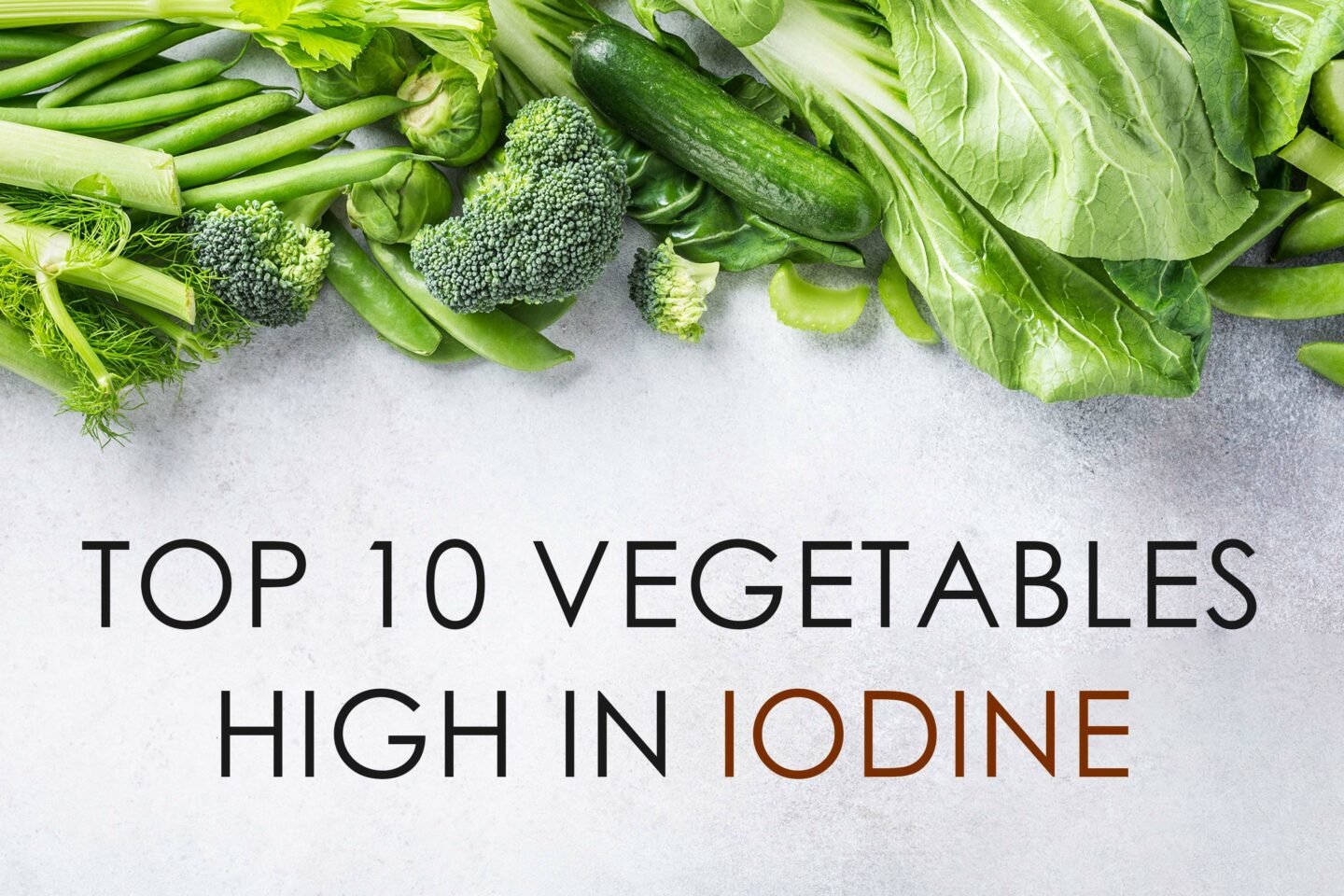
Fish and seafood are the best dietary sources of iodine, but there are plenty of vegetables that you can add to your diet to ensure you reach your optimum intake.
Which Vegetables Are High in Iodine?
Most iodine-rich vegetables, such as broccoli, cauliflower, cabbage, and brussels sprouts, are cruciferous.
However, they're much lower in iodine than seafood, so make them a regular part of your diet if you're seeking to increase your iodine intake.
10 Vegetables High in Iodine
1. Cabbage
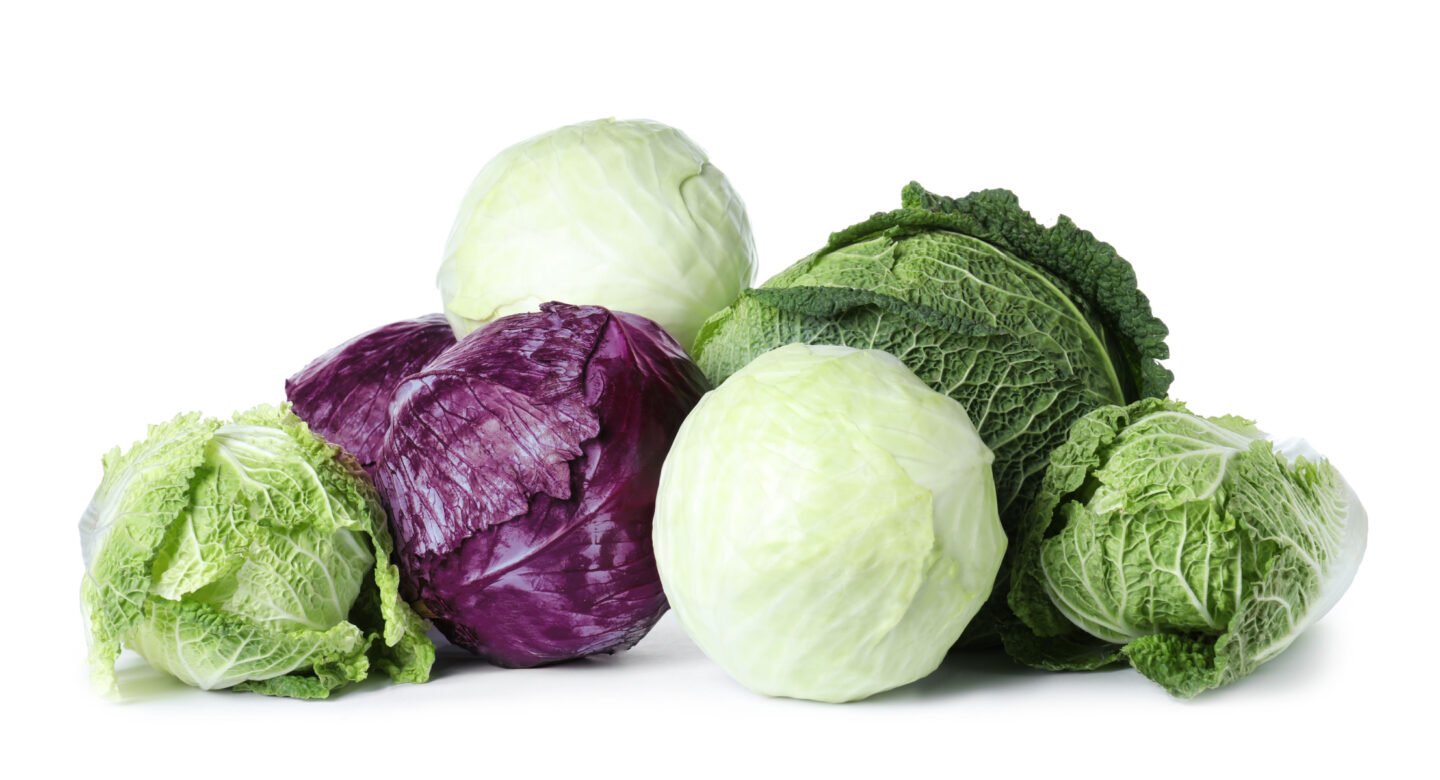
Besides being high in iodine, cabbage contains good amounts of vitamins C and K and manganese. These boost your immune system, support blood clotting, and help form connective tissues.
2. Broccoli
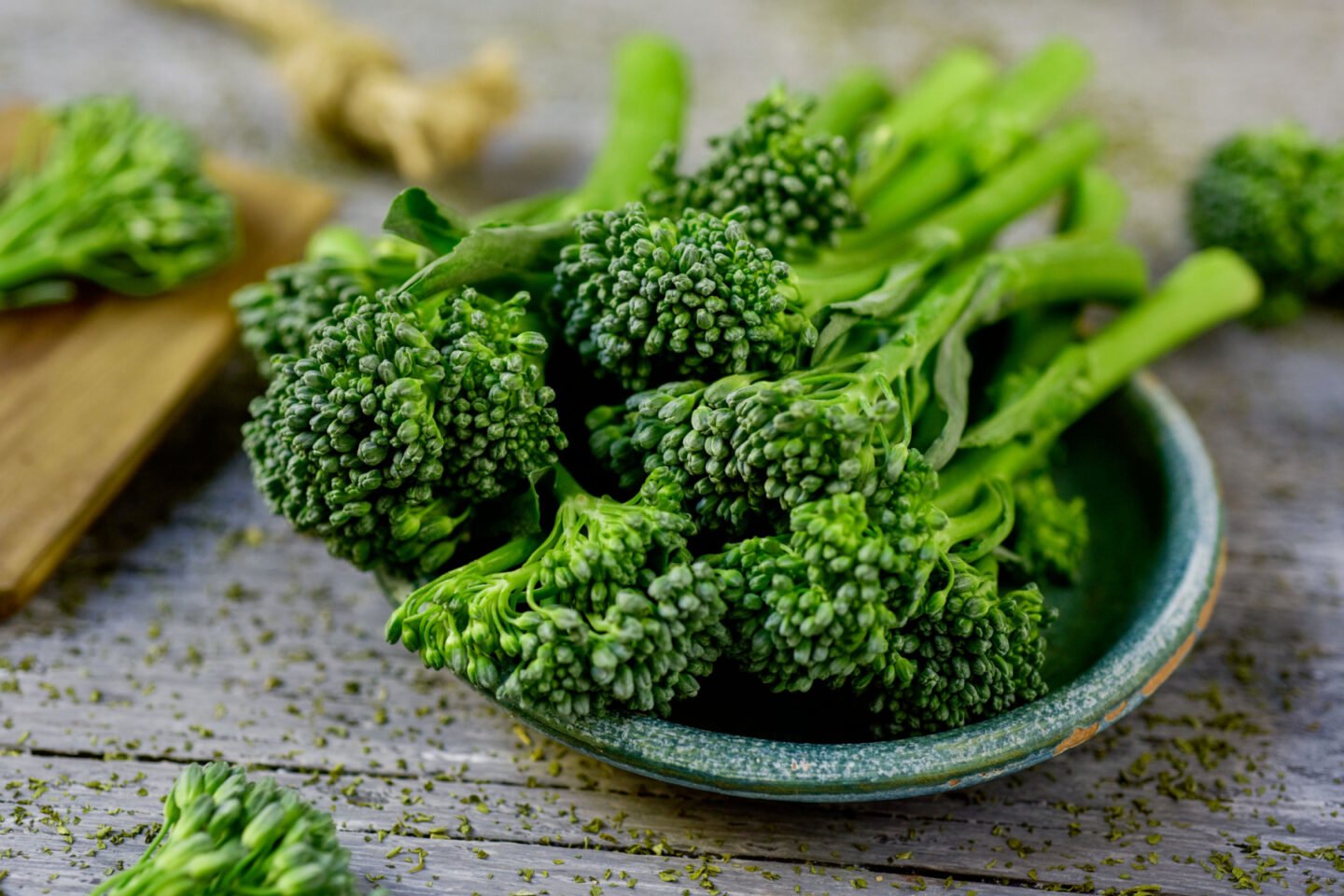
A serving of broccoli contains around 3 micrograms of iodine. It’s also a great source of vitamins A, C, and K, phosphorus, potassium, and manganese.
Broccoli also contains antioxidants and anti-inflammatory compounds that reduce your risk of heart disease, cancer, and hormonal problems.
3. Cauliflower
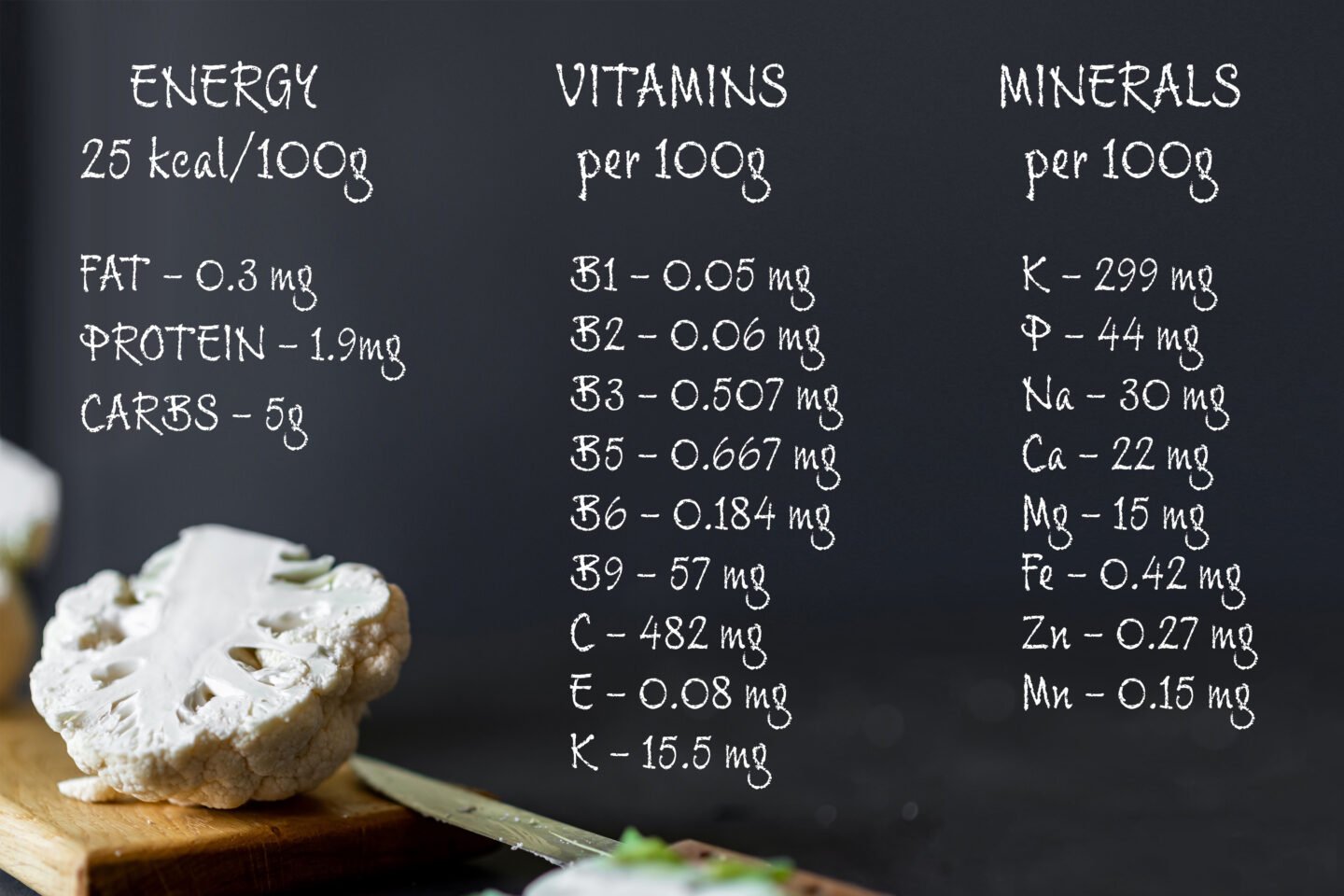
Like broccoli, cauliflower contains around 3 micrograms of iodine per serving. It also contains iron, protein, and vitamin C, which boosts your immune system.
4. Brussels sprouts
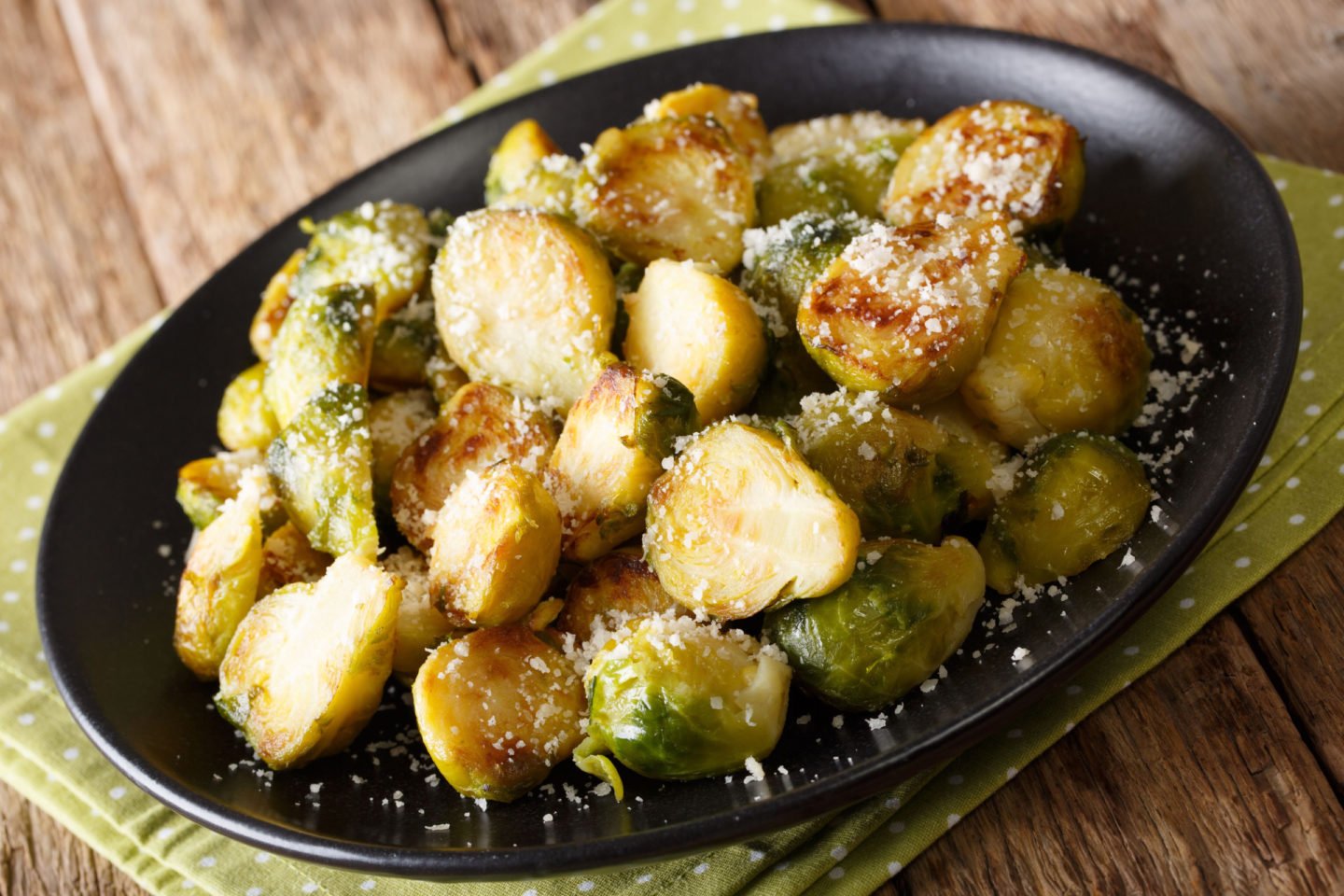
Brussels sprouts are high in iodine, vitamin K, folate, manganese, and potassium.
They're also rich in antioxidants that flush harmful free radicals from your body, lowering your risk of heart disease, diabetes, and cancer.
5. Spinach
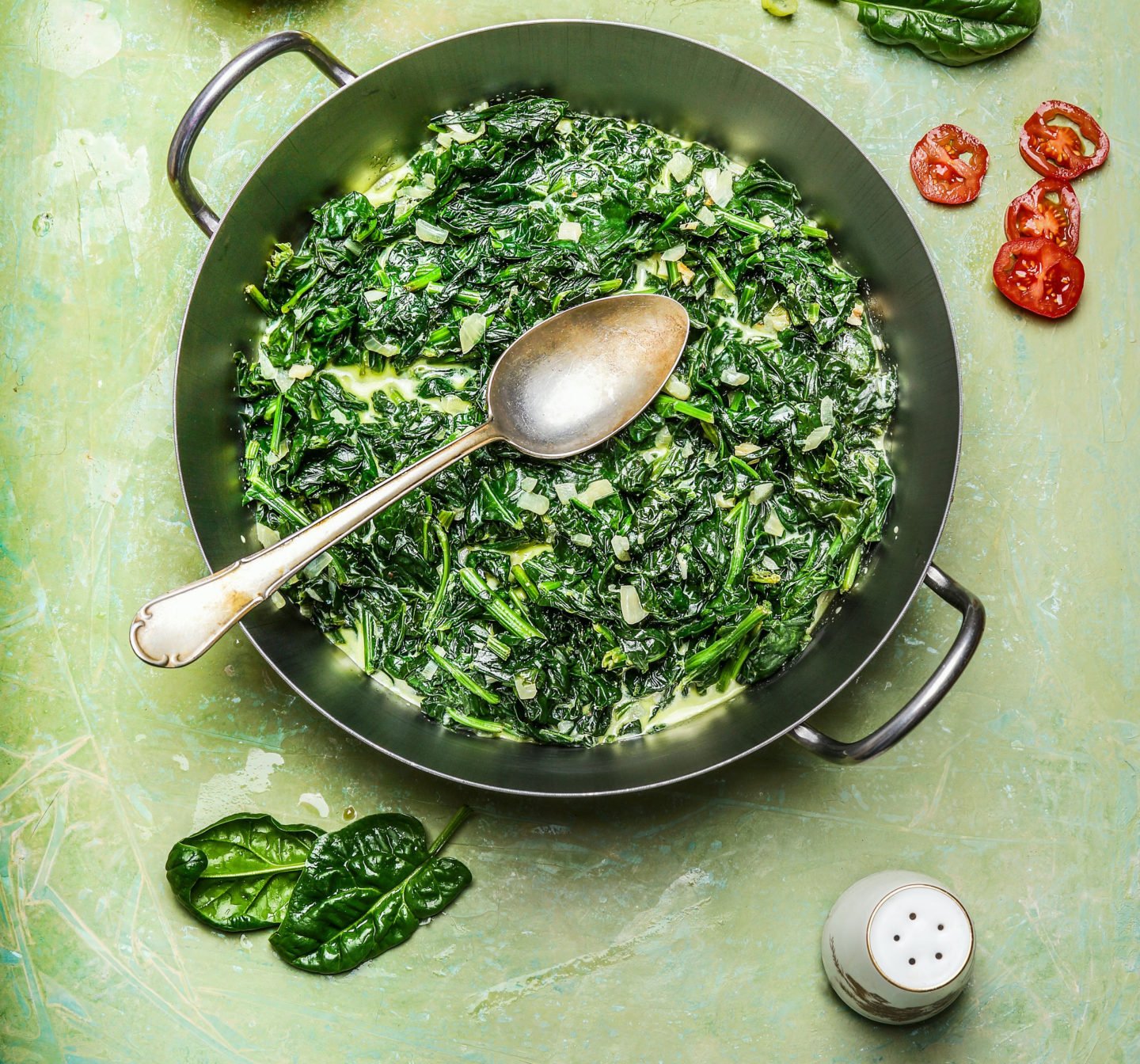
Spinach contains around 2 micrograms of iodine per serving.
It's also rich in vitamins A and K, folate, iron, and potassium.
The potent antioxidants in spinach help prevent diabetes and heart disease.
6. Fennel
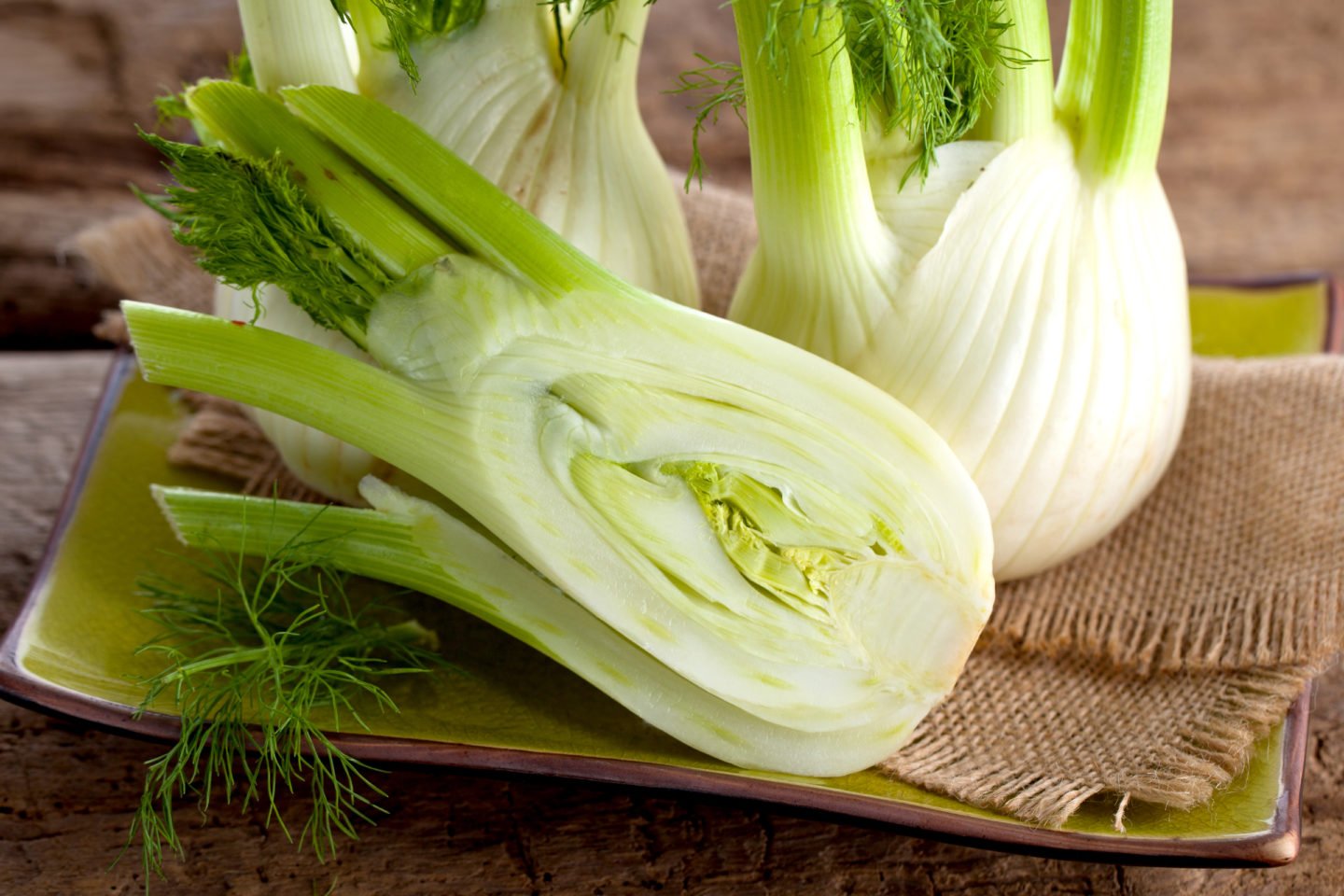
Along with iodine, fennel also contains potassium, vitamin C, and folate.
It's also high in fiber, which helps prevent heartburn and curbs your appetite.
The potassium in fennel lowers your risk of high blood pressure and strokes.
7. Baked potatoes
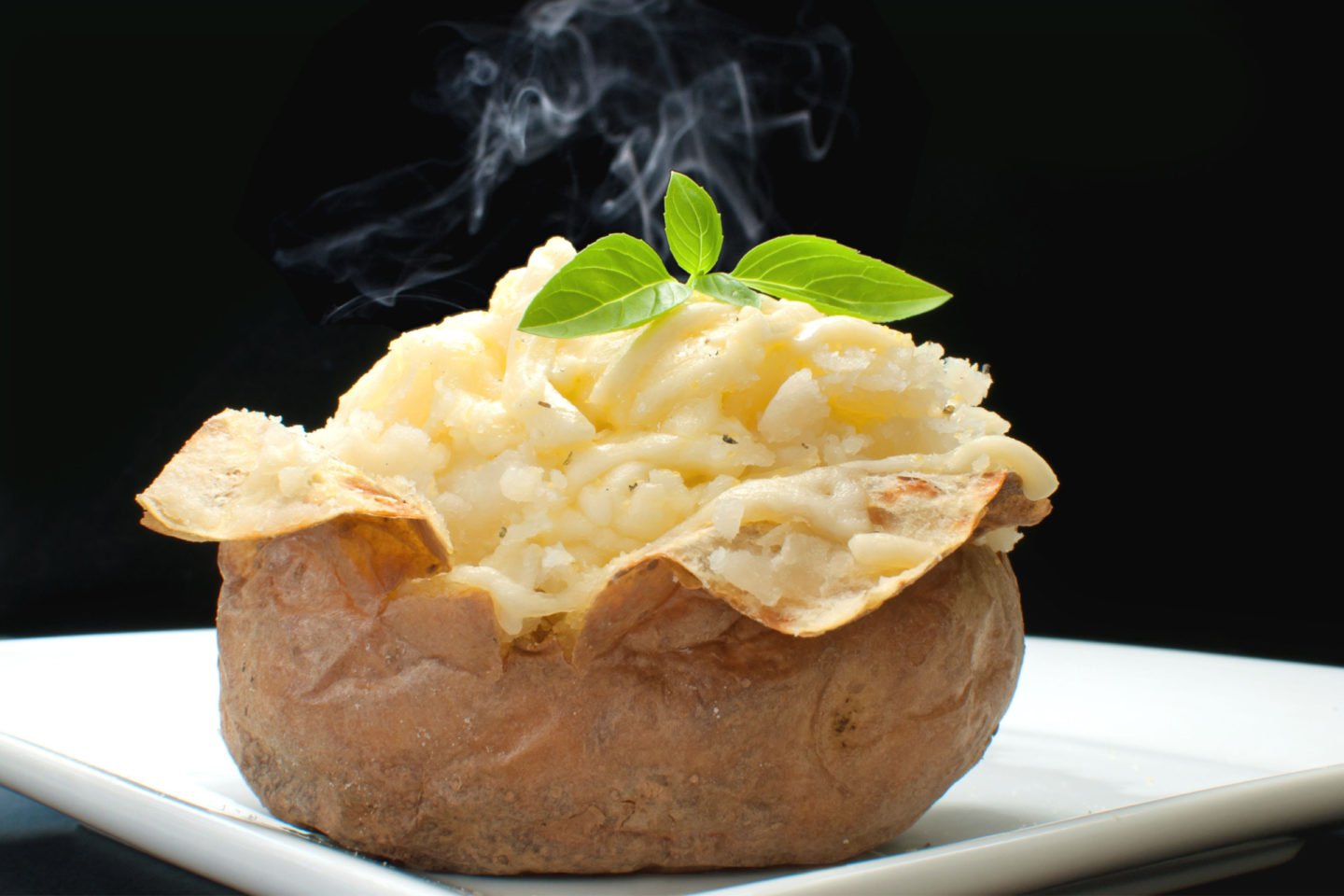
One medium-baked potato contains up to 40% of the recommended daily iodine intake.
Baked potatoes also contain fiber, which keeps you feeling full longer after eating, vitamins C and B6, potassium, and iron.
8. Watercress
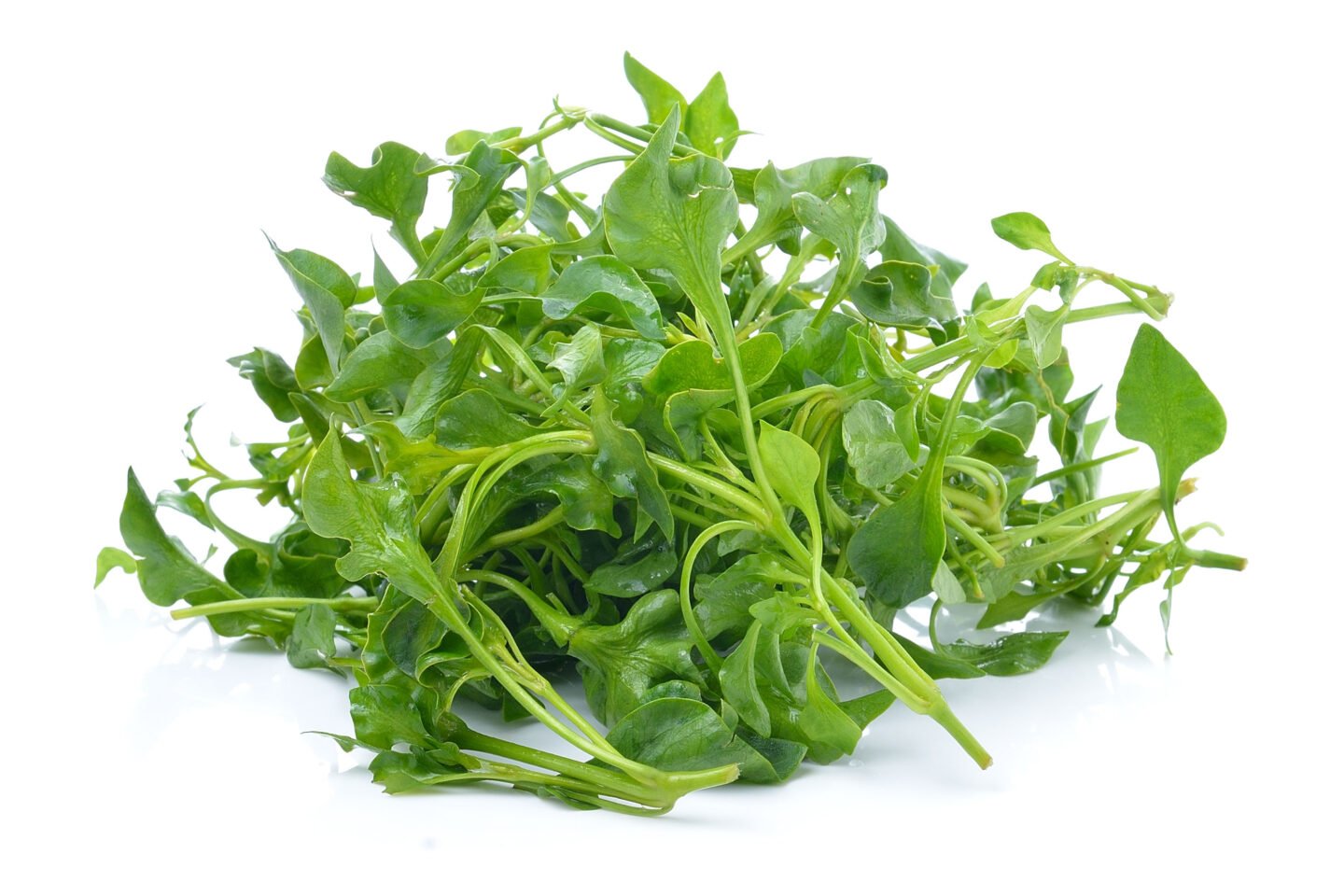
Low in calories, watercress is high in iodine, vitamins A, C, and K, and calcium.
Watercress also contains powerful antioxidant and anti-inflammatory compounds that prevent inflammation and flush out free radicals, reducing your risk of cancer, heart disease, and diabetes.
9. Kale
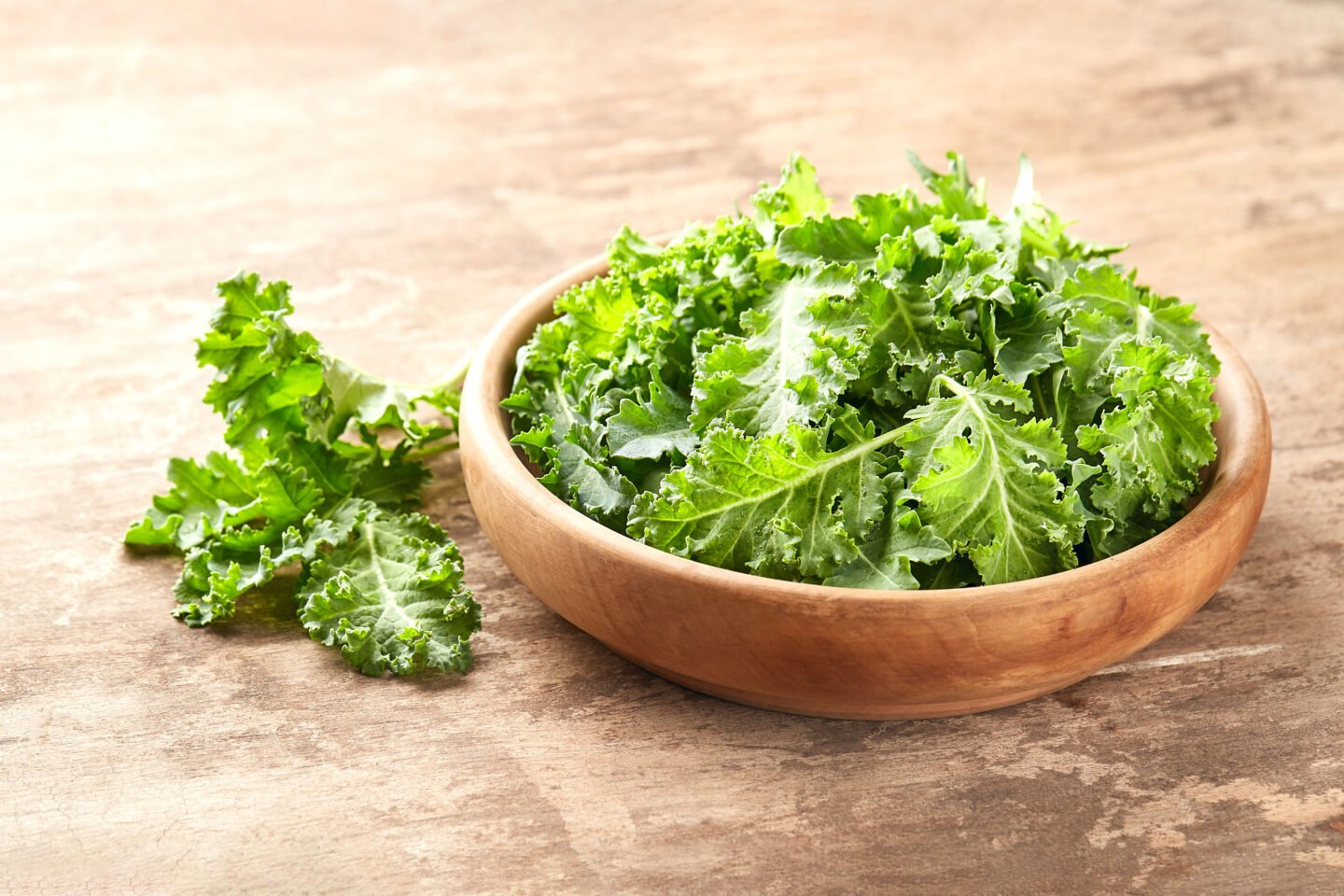
Kale is one of the most nutritious leafy greens, both cooked and raw.
It's high in iodine and a great source of fiber and several minerals and vitamins.
Some experts believe eating kale can improve eyesight and protect eyes from age-related damage.
10. Turnips
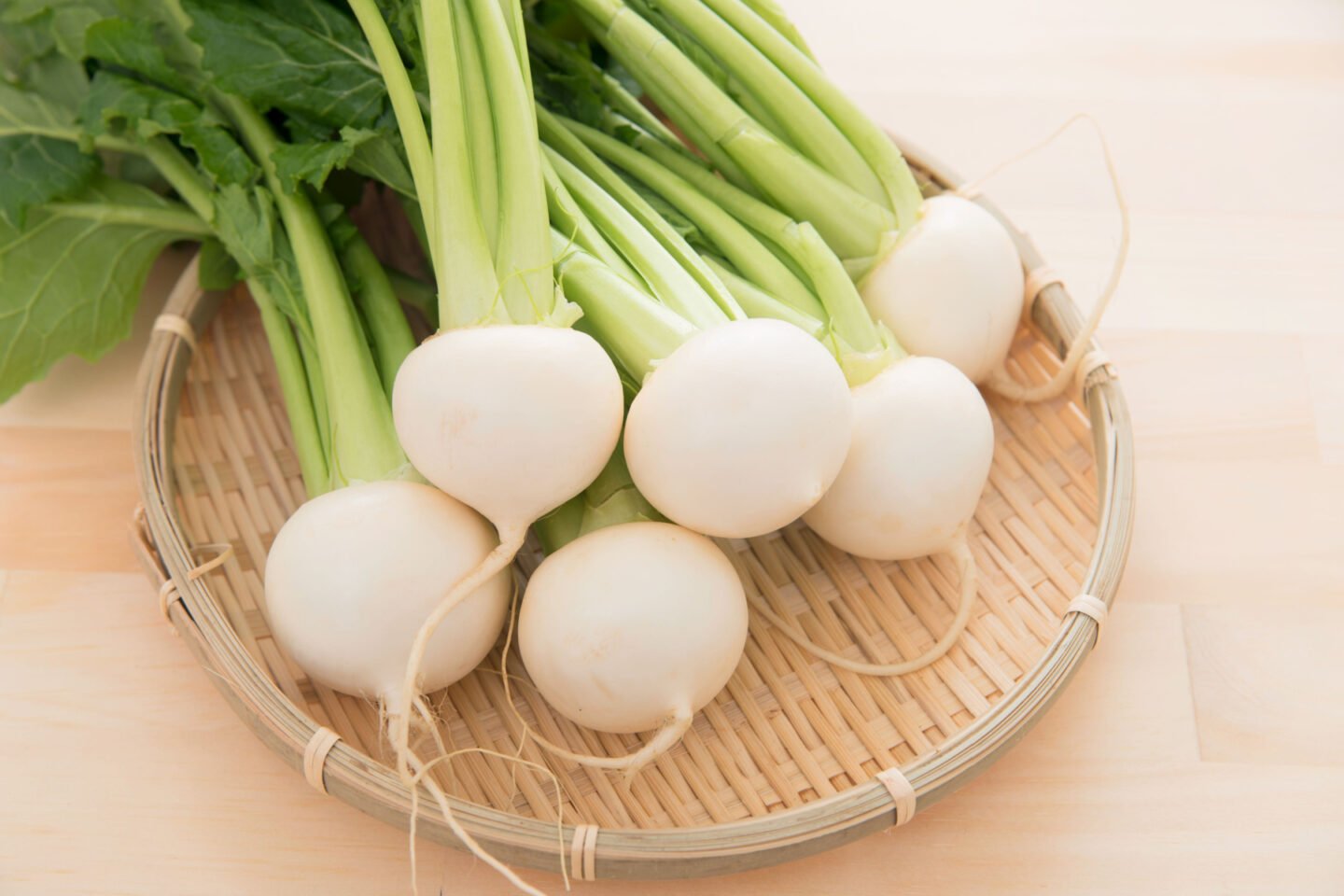
Turnips are high in iodine, fiber, vitamin C, and potassium, making them nutritionally balanced. Eating turnips boosts your immune system, lowers blood pressure, and maintains electrolyte balance.
Conclusion
Although seafood and fish are the richest sources of iodine, the vegetables above are great alternatives for those who don't eat seafood.
